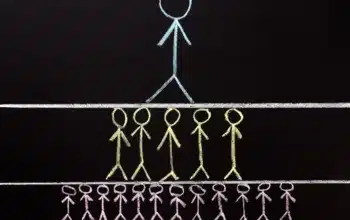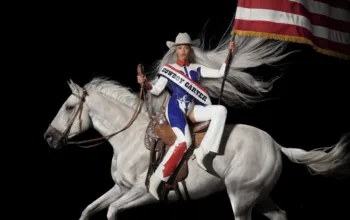Edgewell wanted Harry’s online marketing prowess for its own products.
When struggling personal care company Edgewell, which owns brands like Schick, Playtex, and Wet Ones, decided to buy its direct-to-consumer competition Harry’s last spring for $1.4 billion, it wasn’t just about gaining online market share. Edgewell wanted Harry’s marketing prowess for its own products.
“We actually get to take over responsibility for [Edgewell’s] brands in the US,” Harry’s co-founder and co-CEO Jeff Raider told Recode’s Jason Del Rey at Code Commerce in New York City on Monday. “We’ll run them.”
Harry’s, like many newer brands, only sold razors and other personal care products to customers over the internet — meaning it cultivated a following online and didn’t have to worry about physical stores.
It’s common these days for legacy brands to make acquisitions of younger, more nimble online startups. Indeed, this isn’t even the first time a legacy razor brand has done so (Unilever bought Dollar Shave Club in 2016). Often when an established company like Edgewell acquires a younger, hipper company like Harry’s, the existing brand absorbs the new one, or they run separately but share distribution mechanisms and other economies of scale. Examples include Walmart acquiring Jet.com or Walmart buying Bonobos.
But in the case of Harry’s, it’s maintaining a separate brand and its team is taking over branding for all Edgewell products. The startup is going to reposition the legacy brands.
“They’ve got some iconic brands with lots of awareness and great products, but I don’t think their brands always speak to the quality of their products,” Raider, who also co-founded the eyeglasses company Warby Parker, said.
“Our opportunity is to actually get to think about how to reposition those brands to consumers [and] create great products that they want, which is very much the same mission as we had before. The difference is before we were thinking about building brands — other brands that connect with people — and now we get to think about how to take existing brands and grow them in exciting ways,” Raider said.
Author: Rani Molla
Read More



